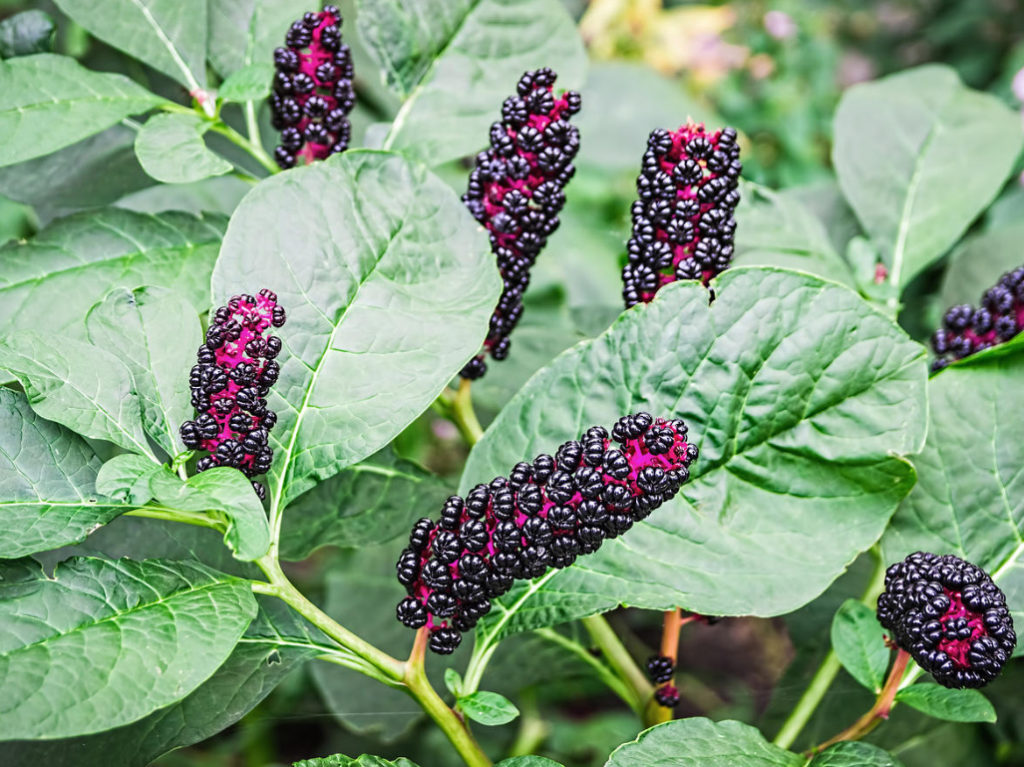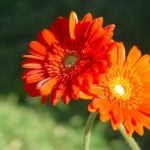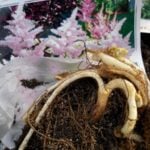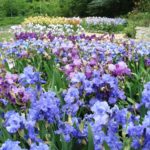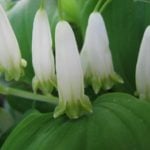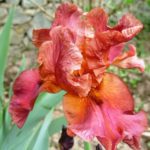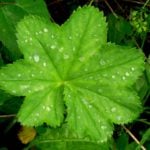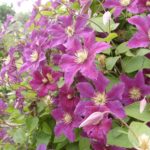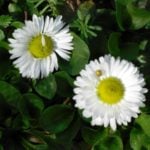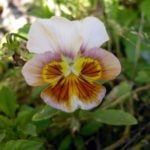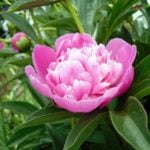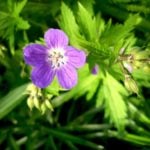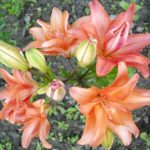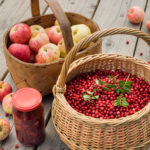Members of the family Phytolaccáceae live mainly in the subtropics and tropics, but one has become widespread thanks to human intervention: Phytolacca americana from the Eastern United States, where it grows on wastelands, roadsides — in General, the local weeds.
At home it reaches 3 m height. Wide and soft egg-shaped leaf up to 30 cm in length wears a massive structure from succulent branched stems; the basis she is a powerful root. Greenish-white flowers, sitting on thin legs on the axis of the inflorescence, small, but in General the inflorescence is long and quite noticeable against the background of abundant foliage. Phytolacca blooms from mid-to late June to August.
But especially striking are the fruits that begin to ripen in late August. Each consists of 8-12 parts, according to the number of ovaries, which do not merge together, but remain isolated, as if laid out on a dish surrounded by 4-5 sepals. As they Mature and the rachis and sepals, and the berry shade of crimson. Especially berries that turn purple-black and shiny as patent leather.
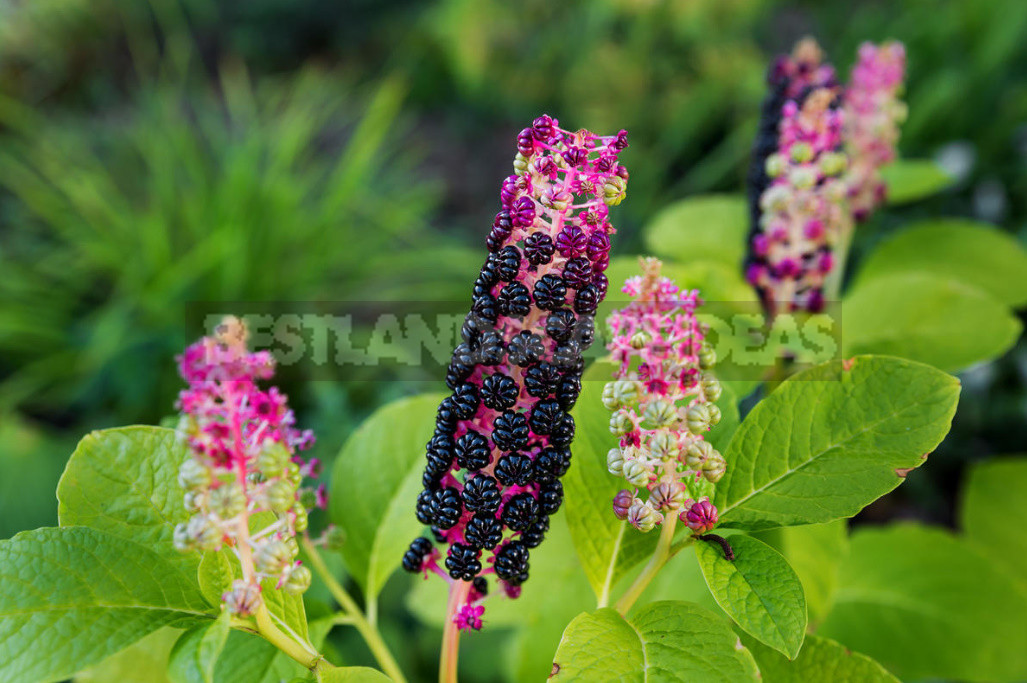
For Shine and coloring juice plant got its name. For its juice began to be cultivated since the XVIII century in southern Europe, where they decided that it is good for coloring wine. Thickets of wild Phytolacca now adorn not only American wastelands, but also southern European.
This culture winters unstable, damaged by severe frosts, and then grows weak and long to recover. But gardeners claim (and support the statement with regular supplies of planting material at the exhibition)that it grows well, the content of its problems is not.
His problem-found a high content of poisons in the Mature parts of the plant, although the young shoots and green fruits are almost harmless. Diarrhoea, convulsions, difficulty breathing, even death — depending on the amount swallowed — can befall the encroachment on its attractive fruits, as well as other details, including the root.
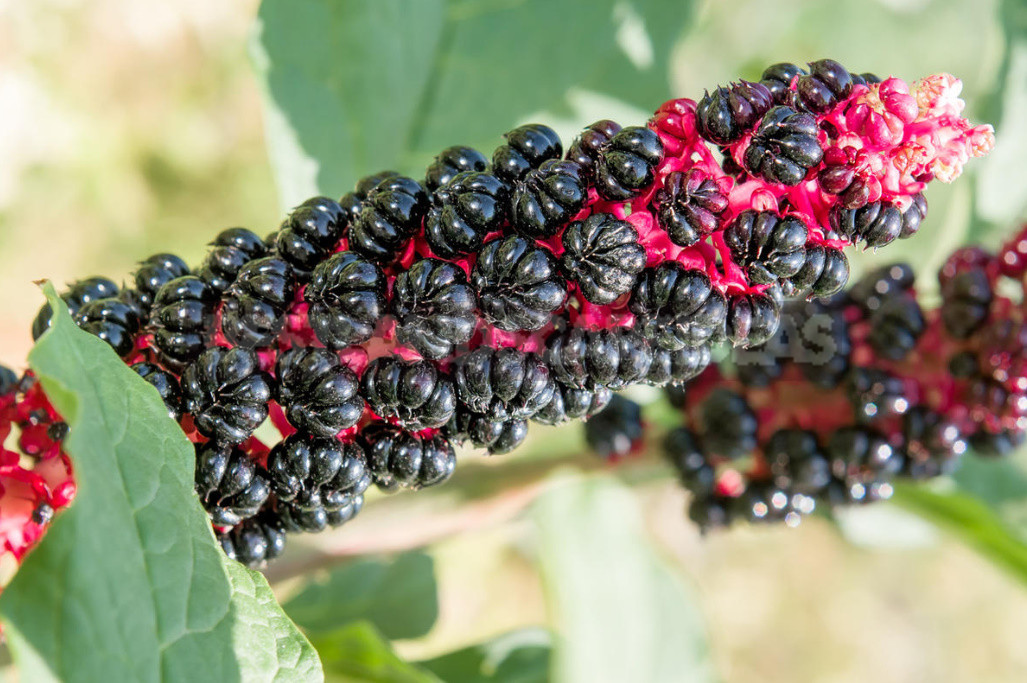
Now Phytolacca refused the post of food dye, although it is quite suitable for dyeing fabrics. It is used in the official medicine of some countries-in particular, the United States.
Other Phytolacca species have also been investigated. As wintering without shelter and occasionally falling, P. japonica is from Japan. Even worse winters P. esculenta from China, which is bred as a vegetable in tropical and subtropical areas. They are quite similar to the American, but have protruding inflorescences, lower and smaller in all parts.
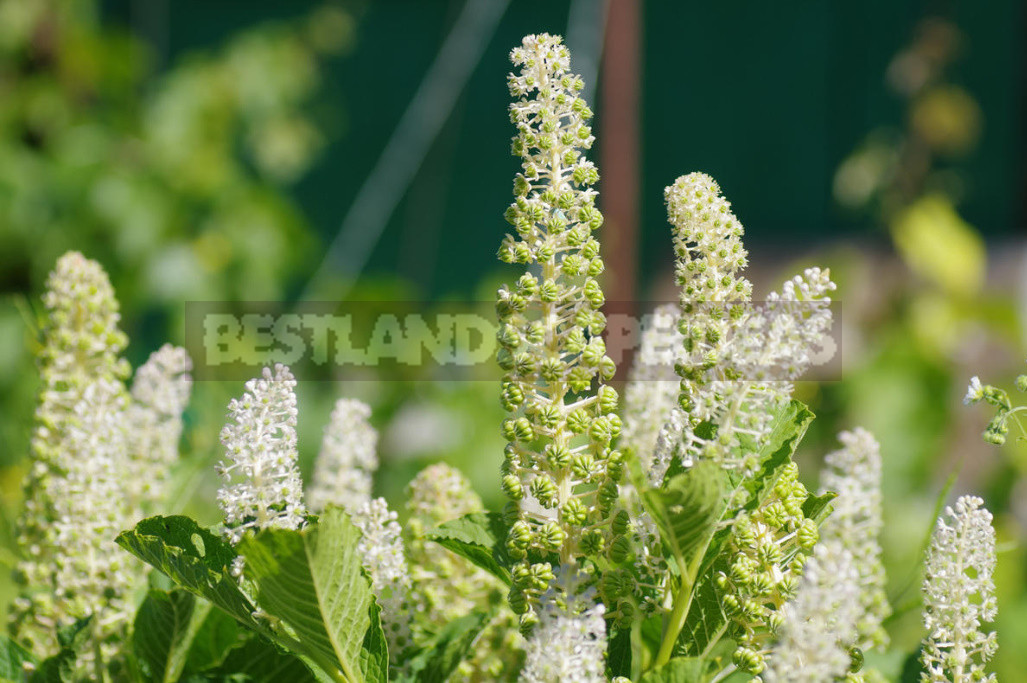
Those who want to grow Phytolacca, it should be borne in mind that this is a powerful, spreading and high (up to 1.5 m) plant, which will require a lot of space. Bush creates a massive, shapeless, rich in leaves, inflorescence arrangement is chaotic and also does not bring harmony to the overall wild appearance.
It grows well on fertile garden soil, especially loose. Prefers light shade or sun. With broad leaves, actively evaporates water and needs watering. Usually buy in the fall or early spring a piece of rhizome with buds. Seeds do not need stratification. Their germination increases after six months of dry storage, and then it does not matter when to sow: in the spring or under winter. Fresh seeds germinate badly and stretched. Seedlings begin to bloom in the second year, although the first flowering is late, and the seeds do not have time to Mature.
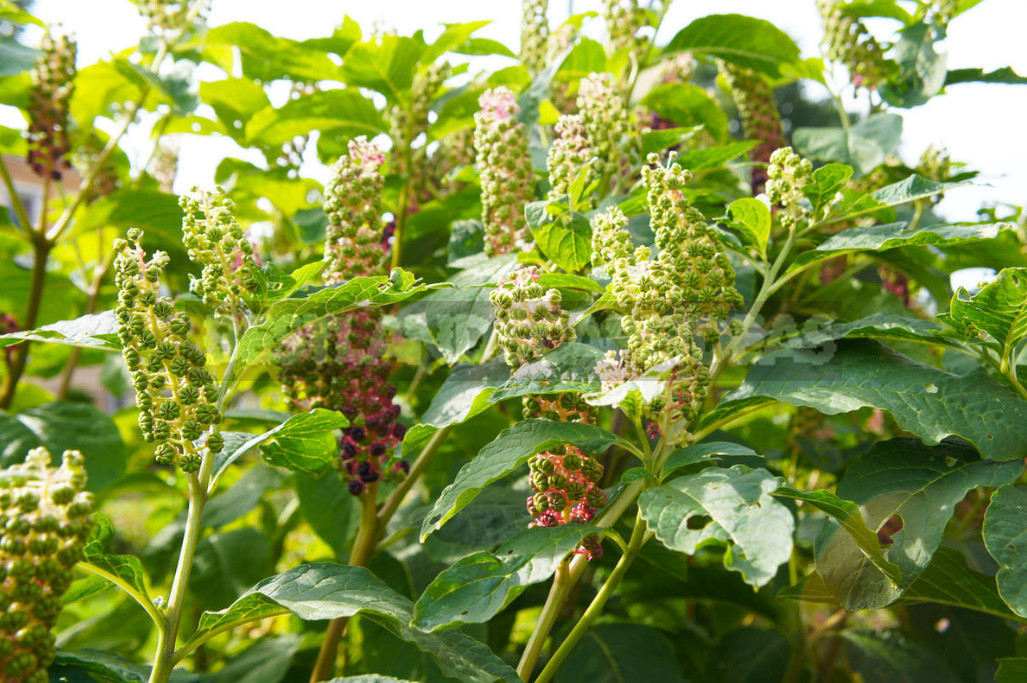
For those who want to eat Phytolacca, the American Handbook of wild food plants provides a number of tips. In late spring, before unfolding leaves cut young shoots up to 15 cm long, and make sure not to get caught areas of the roots, and the stems were not reddish color, which also indicates toxicity. Shoots need to boil for 10 minutes, preferably twice, draining the water. Then pour fresh boiled water, salt, season and heat. Eat as broccoli or asparagus, with butter and cheese or under different sauces.
Another option: in a saucepan folded layers slices boiled shoots a white sauce and chopped boiled eggs. Sprinkle with salted breadcrumbs. Simmer for 30 minutes at + 165 degrees. Boiled shoots can be pickled.
To be honest, I have not tried it, and do not want something.
